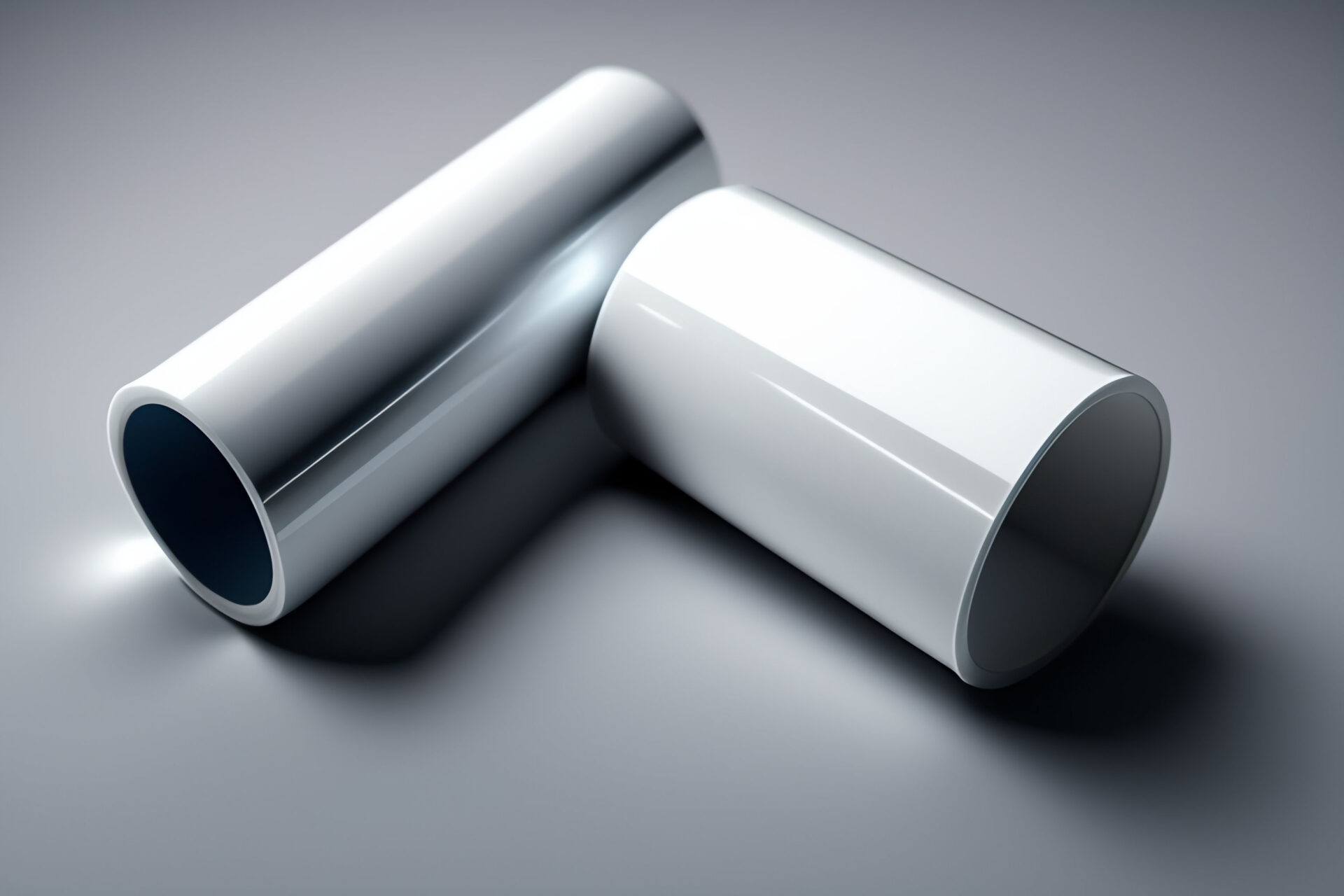How to Calculate the Cost of Iron Per Pound
by Abdul Aziz Mondal Our Blogs Published on: 08 July 2024 Last Updated on: 12 September 2024

If you’re searching for the cost of iron per pound, there’s a good chance you’re thinking of either buying or selling this metal. Therefore, if you are, we want to be sure you get the best deal; this article will help you do just that.
As a result, calculating the cost of iron per pound can be straightforward with the right information—you’ll find that here!
The Cost of Iron Per Pound
Here’s a detailed guide to help you understand the process and maximize your returns when dealing with iron scrap. Or help you create your own formula for the cost-per-pound calculator.
Determine the Weight in Pounds
Start by measuring the weight of the iron you need in pounds (lbs). If you have the weight in another unit, convert it to pounds (1 kilogram = 2.20462 pounds, for example).
This is a vital step since the cost of iron is usually quoted per pound.
Know the Type of Iron
Once you have determined the weight in pounds, it’s crucial to know what type of iron you’re dealing with. You’ll see different prices for different types of scrap iron.
This includes:
- bars
- cables
- cans
- tubing
Calculate the Cost Per Pound
Therefore, to calculate iron’s cost per pound, you’ll take its total cost (C) and divide it by the iron’s weight in pounds (W).
It might look like this:
- Total weight of iron: 150 pounds
- Total cost of iron: $450
Using the formula: C/W=CPP
450/150=3
This means the total cost per pound of iron is $3.
Market Considerations
Market Price Fluctuations
Iron prices can vary based on market conditions, demand, and supply. Make sure you’re getting your information from reliable sources. This is a seminal point for your cost-per-pound calculator.
Bulk Purchases
Buying in bulk might result in discounts, affecting the cost per pound. Look into purchasing larger quantities if it makes sense for your needs or for the cost-per-pound calculator.
Negotiate
Don’t be afraid to negotiate a price that works best for both parties. With the right approach, you can reduce the overall cost per pound calculator and save money in the long run.
Heavy vs. Light Iron
Another important consideration is whether you’re dealing with heavy or light iron. Heavy iron is also called heavy melting scrap. Hence, it is classified as recyclable steel and wrought iron and categorized as either HMS 1 or HMS 2:
| Variant | Product | Make & Model | Dimensions |
| HMS 1 | ISRI 200 | Wrought iron or steel scrap | Thickness: 6.35 mm. Overall Dimensions: 1,524 mm × 610 mm |
| HMS 1 | ISRI 201 | Wrought iron or steel scrap | Overall Dimensions: 914 mm × 457 mm |
| HMS 1 | ISRI 202 | Wrought iron or steel scrap | Overall Dimensions: 1,524 mm × 457 mm |
| HMS 2 | ISRI 203 | Black and galvanized wrought iron or steel scrap | Thickness: 3.175 mm |
| HMS 2 | ISRI 204 | Black and galvanized wrought iron or steel scrap | Overall Dimensions: 914 mm × 457 mm |
| HMS 2 | ISRI 205 | Black and galvanized wrought iron or steel scrap | Overall Dimensions: 914 mm × 457 mm |
| HMS 2 | ISRI 206 | Black and galvanized wrought iron or steel scrap | Overall Dimensions: 1,524 mm × 457 mm |
HMS1 contains no galvanized and blackened steel, while HMS2 does.
Finally, HMS is normally traded as a mix 1 and 2, either in a high-grade, premium blend (80/20) or lower-grade mixes such as (70/30) and (60/40). For example, HMS 1 and 2 with an 80/20 ratio should consist of 80 percent HMS 1 and 20 percent HMS 2.
Heavy Metal Iron for Recycling
Here are some examples of heavy iron as they apply to scrap recycling:
- Heavy torching: Large, thick industrial pieces that must be cut with a cutting torch.
- #1 prepared: High melting point iron from a quarter of an inch and over in width, with all pieces no bigger than 5 feet x 2 feet.
- #1 unprepared: High melting point iron with an overall width of more than a quarter of an inch. It does not fit the 5-foot by 2-foot size.
- Drum/Rotor: These components are usually used in automobiles and are usually made using cast iron.
- Cast iron: The iron is poured into molds in order to formulate shapes.
- Busheling: This is primarily iron in the form of new metal sheets or clippings for use in auto manufacturing, HVAC, and other manufacturing.
Quotes: Cost of Lead Per Pound
Get multiple quotes from different suppliers/buyers to make sure you’re getting the best price and service. Therefore, ask for details on the quality and type of iron being offered to make an informed decision.
The Best Time to Sell Iron Scrap
In the summer months, you’ll usually see increased demand for iron scrap because construction and manufacturing activities are up. As a result, his increase in demand can drive up the cost of iron per pound, making it a better time to sell.
You might also notice that the beginning and end of the month have better prices due to companies receiving and spending their budgets. Therefore, keep an eye out for holidays and weekends when industrial activity tends to slow down, too!
Get the Best Cost of Led Per Pound with Local Buyers
Therefore, to get the best results for your cost-per-pound calculator, call local scrap yards and get quotes! Scrap Gators, in Fort Pierce, FL., offers residential and commercial scrap metal removal services and provides quotes and consultations over the phone.
You can also trust them for a variety of other scrap metal services. Subsequently, they serve more than 20 industries, including:
- Manufacturing industries
- Aerospace recycling
- Electrical recycling
The Final Thought
In summation, depending on your needs, local sellers also offer both roll-off container and flatbed truck services. Their expert staff of over 120 recycling experts, with decades of scrap metal recycling experience, will help you understand the current market conditions and get the best price for your iron scrap.
Read Also:



































































































